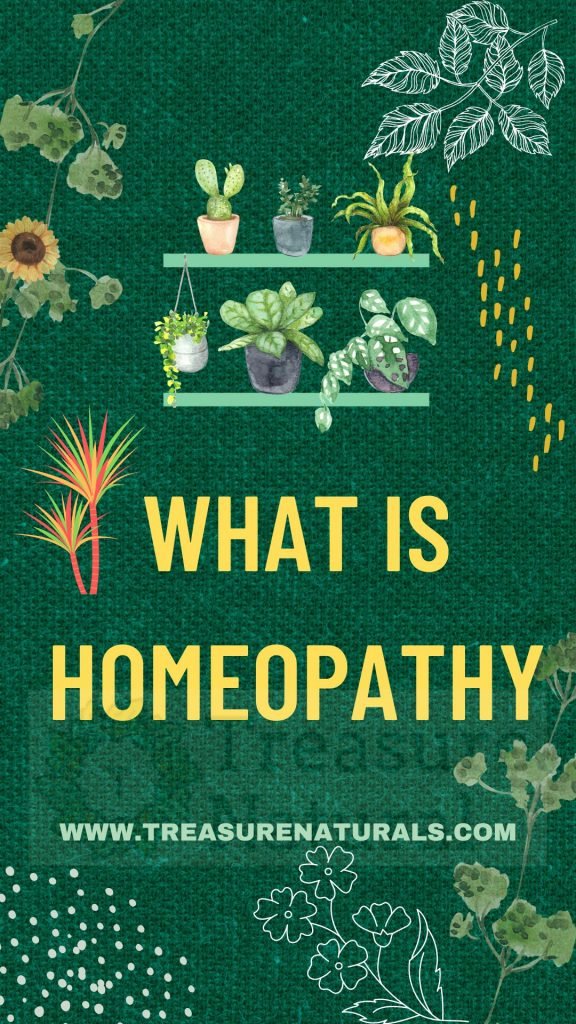
Homeopathy (from the Greek ὅμοιος, similar, and πάθος, suffering) is an alternative therapeutic method, the theoretical principles of which were formulated by the German physician Samuel Hahnemann in the late eighteenth century. The principles of homeopathy are not accepted by medical science, which tends to consider them ineffective. Let’s see how homeopathy copes with symptoms and diseases.
How homeopathy works
Homeopathic remedies aim to modulate the body’s reactions, stimulating the body’s defensive processes, without necessarily wanting to suppress them, as happens in traditional or allopathic medicine.
The homeopathic doctor, before repressing the symptom, wonders why it was unleashed. The validity of homeopathy has been the subject of debate for centuries and still is. However, there are doctors who, alongside traditional medicine, apply homeopathic medicine, finding success.
In 2010 a treatise published by the WHO, World Health Organization, “Safety issues in the preparation of homeopathic medicines”, gave back to this ancient discipline a certain dignity.
The disease
For homeopathic medicine the disease is the imbalance of the vital energy of the person. There are many reasons that can alter this psycho-physical balance, among them there can be: bacteria, harmful climatic conditions, emotional stress, drugs or other.
The disease in homeopathy starts from the inside, from a deep imbalance and only later also alters what is outside. For homeopathic medicine, health therefore means balance of body-mind-spirit.
Symptoms
In short, for the homeopath, the disease is the set of symptoms produced by the body in an attempt to heal. The purpose of homeopathy is to strengthen these natural reactions, the symptoms, to promote healing. According to this view, the symptoms are the way in which the organism externalizes the disease, the way in which the negative energy is dispersed, thus allowing the return to harmony.
According to homeopathy, if something hinders the free flow of these symptoms, the disease is prolonged. This way of considering physical illnesses is similar to the principles of psychotherapy, according to which psychological disorders are best treated if they allow themselves to be expressed and vented through strong emotions.
Balance
As a result of his research, Hahnemann began to gain a greater knowledge of the functioning of the organism and how it can be affected by the disease.
After various experiments he understood that being the organism a living, unique and complete being, when it is disturbed or affected in any way, a coordinated action begins to protect or restore the initial harmonious balance.
This balance in medicine is called homeostasis. The intelligence that underlies this coordinated action, by homeopaths is called “life force” and is visible through its actions.
These actions are nothing more than the attempts that the body makes through the symptoms to return to the state of balance.
Diagnosis
For homeopathy the diagnosis consists in evaluating the history of the energy state of the individual: his ability to react to difficulties, his tendency to get sick, his mental balance, his ability to love and communicate with the world.
Homeopathic diagnosis does not stop at the body but also evaluates the social context in which the individual lives and his environment, a context that includes climatic conditions for example or family situations. In homeopathy, therefore, the diagnosis is energetic and holistic, this considers the individual in a broad way, in his totality.
Our fact sheets on symptoms, diseases and homeopathy
This group of cards that are part of the use of homeopathic remedies, want to highlight what are the problems on which a remedy of this type can be effective, the diseases it cures, the methods of administration, the interactions and the effects on the body.






